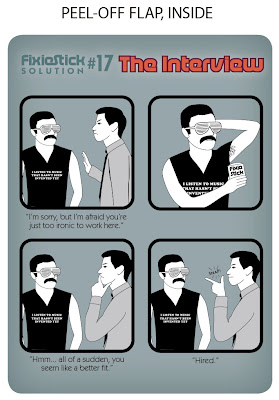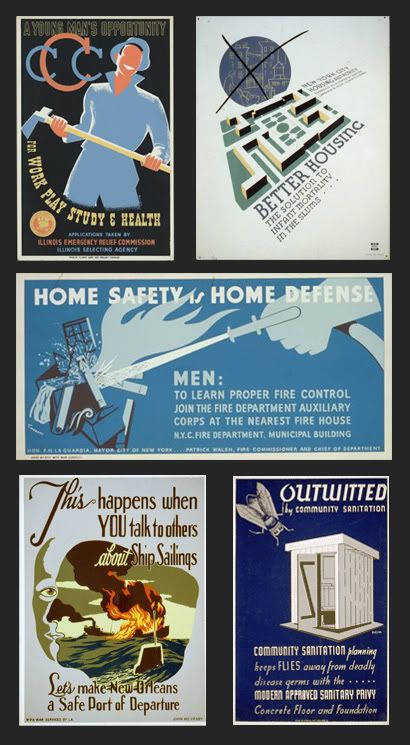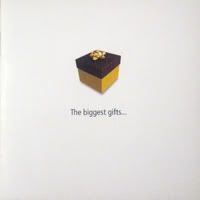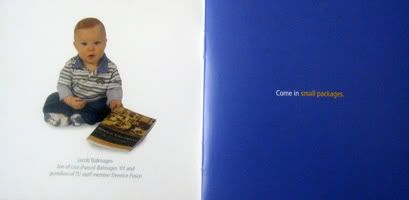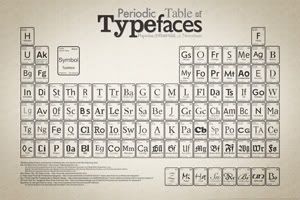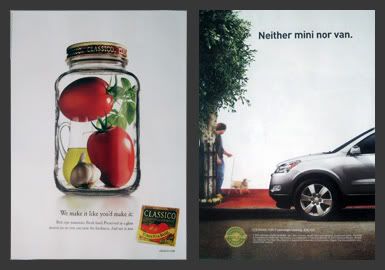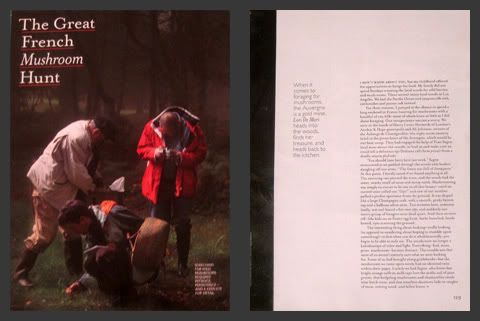 |
| Like staring directly into the sun. |
Just like everyone else in the class, I scoured the Internet looking for some kind of a "when and where" usage guide for type. But I found that no such thing really exists-- or at least not in any way that's useful. I think we've just gotta get out there and learn by doing.
Of course, I don't purport to know what I'm doing at all. I'm by no means an expert (in fact, this post might just prove that I'm a complete hack), but here's what I've learned that might help:
- Know the history and tradition of common typefaces. History often informs our response to a typeface. Knowledge of the style, tradition, and time period of a font's development can help us make better choices. For example, if you're going for a Western theme, don't make a headlong dash for Rosewood and call it a day. Instead, explore typefaces of the age, such as Clarendon , which was was originally developed in the 1840s and works well as an Old West or Victorian-era font.
- If you see a typeface you like, identify it. Talk to a designer, go to WhatTheFont -- whatever you need to do to track it down. The funny thing is that once you learn what the font is, and take the time to study its style, you'll start seeing it all over the place. There are 100,000 fonts out there, but you'll notice that the same few families are incredibly common.
- When starting a project, identify some key words about the style you envision. Then seek a face that embodies those characteristics. A typeface is to print as a soundtrack is to a movie; it tells us how to feel. The subject for my campaign project, for example, was fair teacher compensation. I wanted my piece to reflect a teacher's personality: authoritative yet approachable. I found the authority in a slab serif (when looking at a slab, you can almost feel the assertive knock of metal type). Unfortunately many slabs, such as Rockwell, were too cumbersome. Then I discovered the semi-slab Museo while thumbing through a Dell ad. Museo's partial serifs are understated and smooth. So it shares some of a slab's power, especially in bold, but balanced with an inviting flow.
- Even if a typeface is supposed to work in a certain situation, don't shoehorn it in. I chose Garamond for my two-page magazine layout because I read that it's a good choice for legibility, plus there's that old saying that serifs help guide the eye in body copy. This is one of my font choices that Amy said was completely wrong. My target publication was Popular Science, and she commented that Garamond was far too formal and uptight. A sans-serif would have served me much better.
- Complete font families make life much easier. I read on the Hoefler and Frere-Jones blog that free fonts are great for design students because they come in limited styles, which forces us to do more with less. This is probably true -- an artist with limited tools must rely on his or her ingenuity. But I say to hell with that. A professionally designed family often comes in a half-dozen weights, plus italics, maybe even a condensed version for use when space is an issue. When we're given that much control over type, our tools are no longer the limiting factor. (Our creativity might be ... but that's a topic for another blog. And another class.)





